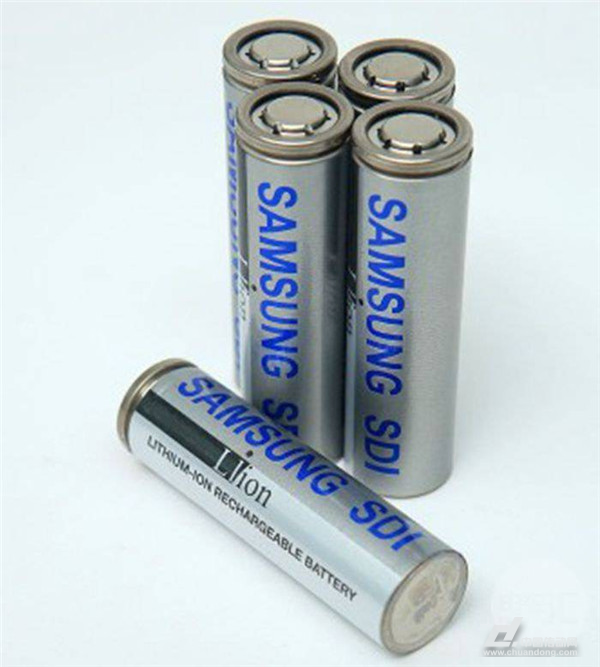
“Fu is unparalleled, and misfortune is not alone.â€
Samsung SDI has recently found itself in a tough spot. As of October 11, reports suggest that there have been at least 10 battery-related incidents globally since the release of the iPhone 8, with some cases involving battery explosions that led to device malfunctions. Interestingly, iFixit previously disassembled an iPhone 8 Plus and found its battery supplied by Samsung SDI — a company that was also responsible for the batteries in the now-infamous Galaxy Note 7.
On October 15, the Tianjin Property Rights Exchange Center announced that two state-owned entities transferred their stakes in Samsung (Tianjin) Battery Co., Ltd. The shares were sold by Tianjin Zhonghuan Electronic Information Group and Tianjin Economic and Technological Development Zone State-owned Assets Management Company, each transferring 10% and 20% respectively.
It’s reported that Samsung Tianjin Battery, which was established in 2015, has struggled financially over the past two years, with a sharp drop in revenue and even insolvency this year. In February of this year, the factory in Tianjin faced public scrutiny after a fire incident raised concerns about its safety standards.
Foreign battery companies are facing challenges in China's market. Since 2013, major players like Samsung SDI, LG Chem, SK Innovation, and Panasonic have set up production facilities in the country. However, strict regulations on power battery inclusion in the national catalog led to foreign batteries being excluded from the mainstream market starting in June 2016. This move significantly impacted foreign battery firms.
While many Chinese automakers still use foreign battery suppliers, they often miss out on critical subsidies. For companies reliant on government support, this exclusion can be devastating. Although recent policy changes have allowed foreign firms to produce batteries independently, the battery catalog remains a key hurdle.
For new energy vehicle companies, having a “China Core†supply chain is essential. This shift highlights the growing importance of local partnerships and technological self-reliance in the industry.
Opportunities and Challenges for Domestic Brands:
Opportunity: The upcoming “double integration†policy aims to increase the share of new energy vehicles to 10% in 2019 and 12% in 2020, marking a crucial turning point for the industry. This will push automakers to accelerate their transition to electric models, creating more opportunities for battery companies. With the core components of new energy vehicles — batteries, motors, and control systems — becoming increasingly vital, OEMs are seeking partnerships with top-tier battery manufacturers to secure high-quality cell technology.
International giants like LG Chem, Samsung SDI, and Panasonic are actively expanding their presence in China through joint ventures. Meanwhile, companies like Bosch are reportedly considering entering the power battery sector. Major automakers such as Daimler, Volkswagen, and BMW are also investing heavily in battery production, either through in-house development or joint ventures.
Challenge: Recent policy reforms indicate a more open market for foreign investment, especially in new energy vehicles. While this opens doors for international competition, it also presents an opportunity for domestic brands to grow stronger through collaboration or competition with global leaders. The era of China’s new energy industry entering global competition is inevitable, and while protectionist policies may offer temporary relief, long-term success requires innovation and efficiency.
In conclusion, the rise of China’s new energy industry is a trend that cannot be ignored. While foreign competition brings challenges, it also drives domestic companies to improve their technology, reduce costs, and strengthen their supply chains. Ultimately, this dynamic environment offers a chance for Chinese brands to emerge as strong global players.
Immersion Cooling is a technique used to cool components of IT equipment that consists of submerging the computer components in a thermally conductive and dielectric liquid. Through this practice, the servers are cooled and heat is transferred from the source to the liquid.
When we talk about Immersion Cooling, we also need to discuss the different types of Immersion Cooling, as well as the applications of Immersion cooling. The practice of Immersion Cooling has a multitude of benefits particularly as it allows datacenters to be managed in a greener and more sustainable manner. Environmental concerns has been a huge catalyst for the adoption of the technology in recent years.
deionized water
mineral oil
fluorocarbon-based fluids
synthetic
Immersion Cooling systems used to have a higher fluid cost than water cooling, but this is already changing.
A wide variety of liquids exist for this purpose, the most suitable being transformer oils and other electrical cooling oils. Non-purpose oils, including cooking, motor and silicone oils, have been successfully used for cooling personal computers
water cooling,oil cooling,immersion cooling box,liquid immersion cooling,apw12 power supply
Shenzhen YLHM Technology Co., Ltd. , https://www.apgelectrical.com